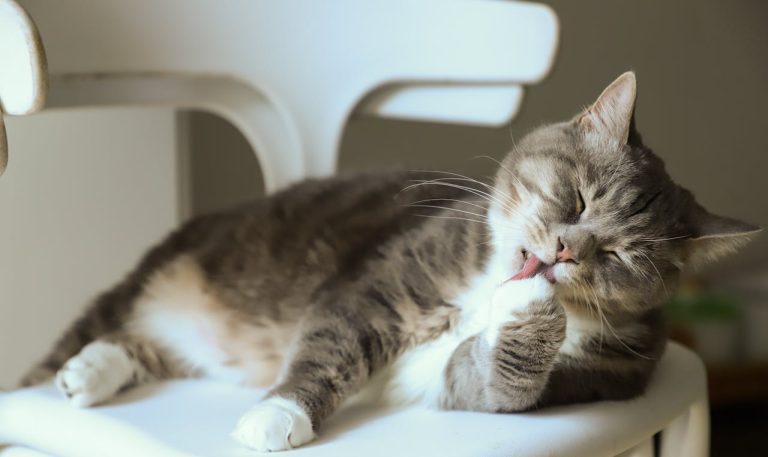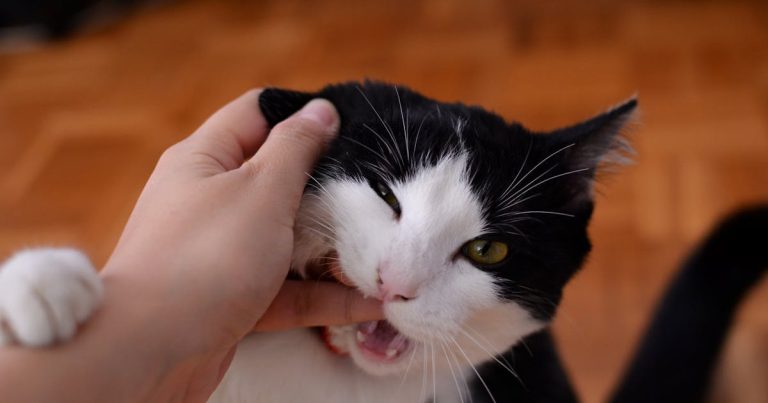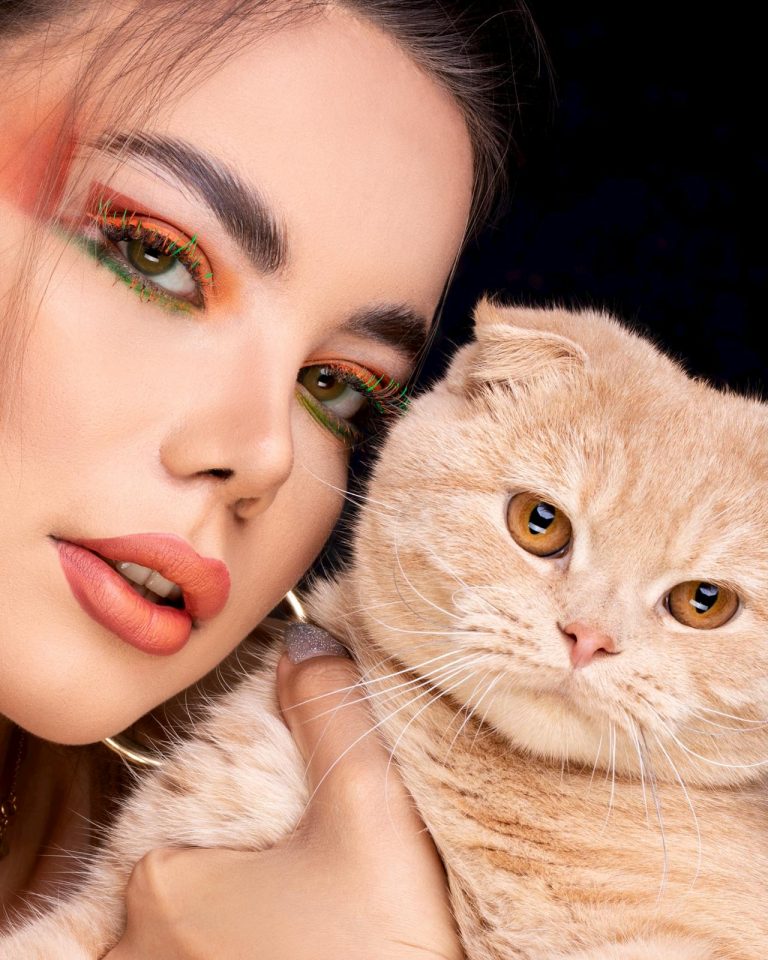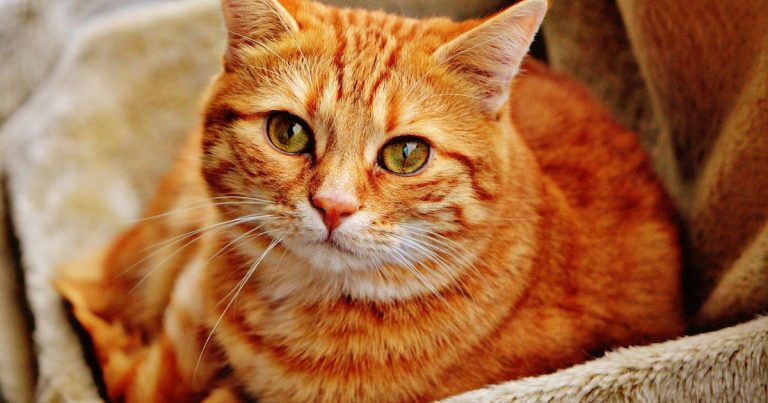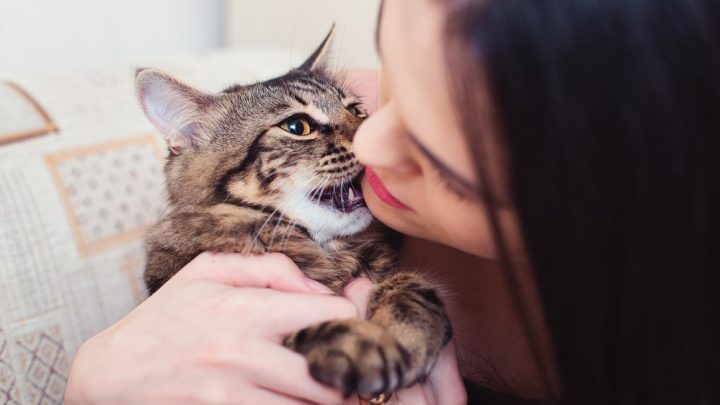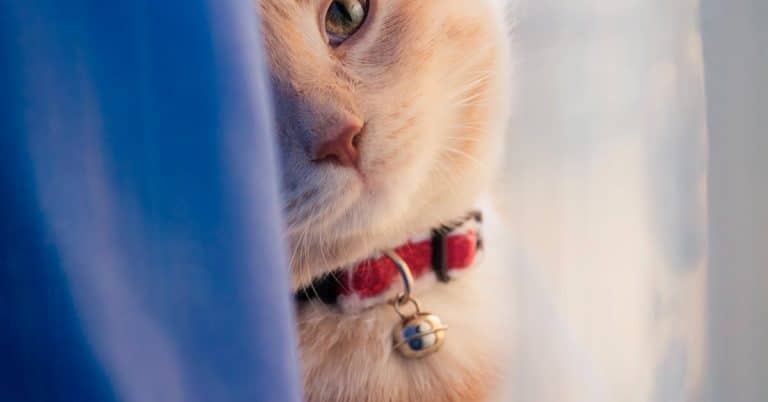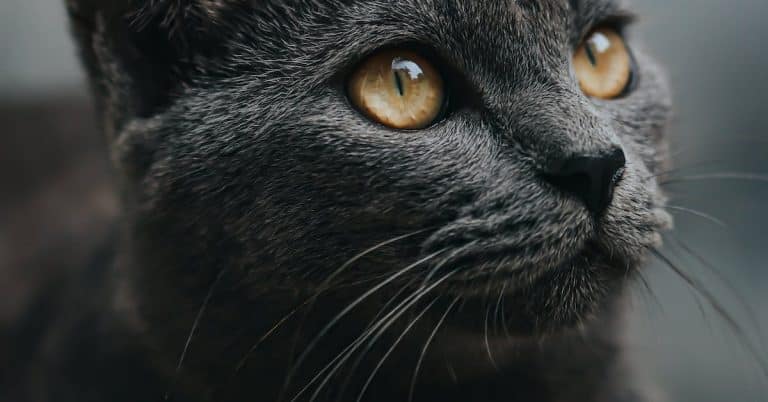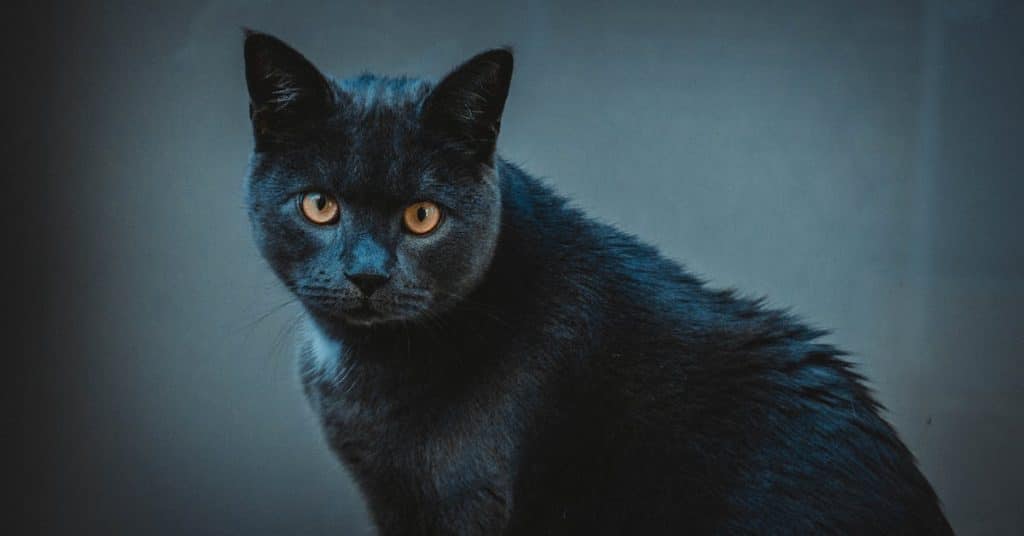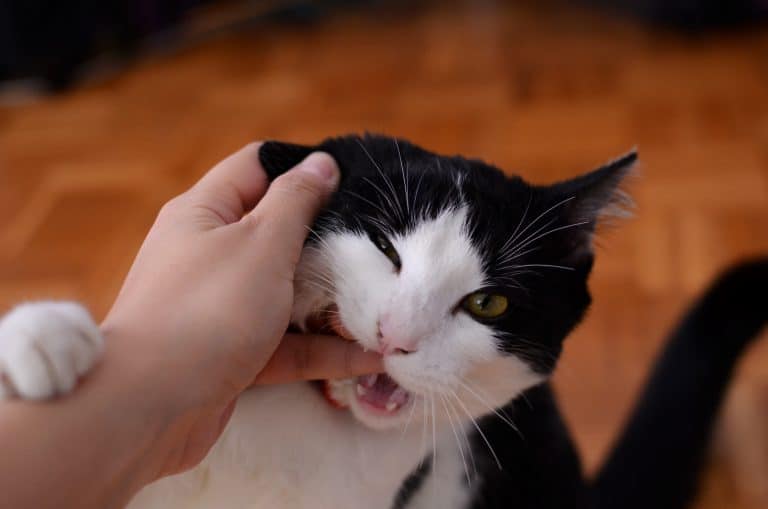Are cats nocturnal? Cats are cool animals, and many folks wonder if they’re night owls, you know, nocturnal. So, let’s dive into their world a bit. Cats are more into the dawn and dusk action, meaning they’re most active when the day is just starting or winding down. It’s not all about the nighttime, though they’re not strict night creatures. This behavior comes from their way-back ancestors who liked hunting during those times. Even though our pet cats might adjust a bit to our schedules, that inner instinct sticks around. If you’re dealing with a kitty who’s up all night, giving them fun toys, a cozy bed, and keeping mealtime consistent can help switch things to a more daytime vibe. And hey, there’s this cool science behind their night vision that goes way back. So, while we figure out if cats are night ninjas or not, let’s just enjoy their unique quirks and make our pet-owner connection even better!
Understanding Cat Behavior
Understanding how cats roll is pretty important. Before we go deep into their activity routines, let’s break down the basics of cat behavior. So, here’s the deal: cats are what we call crepuscular animals. Fancy term, right? It just means they’re the liveliest during those chill times of dawn and dusk. This habit goes way back in their family tree, linked to how their ancestors used to roll. Now, this crepuscular thing affects how cats groove in their day-to-day life. They’re not all about the bright day or the pitch-dark night. Nope, it’s that soft, in-between light that gets their energy buzzing. Understanding this quirk is like getting a sneak peek into their personal history and why they do what they do. So, when you’re wondering why your kitty’s suddenly hyper at dusk, it’s not random—it’s in their nature!
Nocturnal vs. Diurnal: Decoding Cat Activity Patterns
Now, let’s crack the code on whether cats are night owls for real. First things first, we need to figure out the difference between being a night creature (nocturnal) and a daytime enthusiast (diurnal). Night creatures do their thing when the moon’s out, while the day enthusiasts are all about sunshine vibes. But here’s where cats throw us a curveball—they’re not strictly one or the other. Nope, they’ve got their own groove going on, and it’s called being crepuscular. Fancy term, right? It just means they’re most active during that chill, low-light vibe of dawn and dusk. So, while they’re not burning the midnight oil like some nocturnal pals, they’re also not soaking up the sun like diurnal creatures. Cats, being the cool cats they are, have found their sweet spot in the in-between.
Are Cats Nocturnal by Nature?
Let’s unravel the mystery of whether cats are true night owls. To do that, we’ve got to get a grip on what separates the night-loving crowd (nocturnal) from the daytime enthusiasts (diurnal). Nocturnal buddies are all about the moonlight, while the day enthusiasts soak up the sunshine. Now, here’s where cats throw in a twist—they don’t neatly fit into either category. They’re in a league of their own, known as crepuscular. Fancy term, but it’s just a cool way of saying they’re most active during the mellow, low-light vibes of dawn and dusk. So, while they’re not pulling all-nighters like nocturnal pals, they’re also not basking in the sunlight like diurnal creatures. Cats have their groove in the in-between, making them uniquely crepuscular. Now, that’s some feline coolness right there.
The Science Behind Cats’ Nocturnal Behavior
The physiology of a cat contributes to its crepuscular behavior. Cats have highly developed night vision, allowing them to navigate and hunt efficiently in low-light conditions. This adaptation stems from their ancestors’ need to hunt during the dawn and dusk hours. Read More
Effects of Domestication on Cats’ Activity Patterns
While domestication has influenced some aspects of cat behavior, their innate crepuscular nature remains largely unchanged. Domestic cats may adjust their activity patterns slightly to align with their human companions, but the crepuscular instinct persists.
Coping with Nocturnal Cat Behavior
For cat owners struggling with nocturnal behavior, there are practical strategies to help. Providing engaging toys, creating a comfortable sleeping environment, and maintaining a consistent feeding schedule can encourage cats to adapt to a more diurnal routine.
Tips to Encourage Diurnal Behavior in Cats
- Interactive Play: Engage in interactive play during the day to tire your cat out, encouraging a more restful night.
- Strategic Feeding: Schedule meals during the day, as cats are more likely to sleep after a full belly.
- Sunlight Exposure: Allow your cat access to natural sunlight during the day to regulate their internal clock.
Common Myths about Cats and Nocturnality
- Myth 1: Cats are strictly nocturnal. Cats are crepuscular, meaning they are most active during dawn and dusk, not exclusively at night.
- Myth 2: Domestication eliminates crepuscular behavior. Domestic cats may adjust slightly, but their crepuscular nature remains ingrained.
The Importance of Regular Vet Check-ups
Monitoring your cat’s behavior and well-being is crucial. Regular veterinary check-ups can help identify any underlying health issues that may contribute to changes in activity patterns.
Conclusion
Understanding cats’ crepuscular nature is crucial. They’re most active at dawn and dusk. Engage them with activities during the day and provide interactive toys, a cozy sleeping area, and consistent meal schedules. This proactive approach ensures a balanced coexistence, catering to their natural behavior and enhancing the bond between cats and their owners. For more info, visit this site
1.Do cats engage in similar activities?
No, different activity profiles can exist among individual cats due to factors like age, illness, or breed.
2. Will it be possible to make my cat more active in the day time?
Yes, through repetitive regimes, involving interactive play, and environmental enhancement can promote more daytime behaviour in your cat.
3. Am i supposed to worry about my cat doing a lot of activities when the sun go down?
It is important to see a vet anytime you notice major changes in your cat’s behavior, even if it seems to have occurred overnight.
4. Is it acceptable for me to subject my cat, as far as I understand, to some sort of fake sunlight in order to control its waking up and going to sleep time?
Whenever possible, natural sunlight should be employed. However, artificially generated day lighting may be desirable, particularly for interiors.
5. Are older cats still crepuscular cat as they used be when they were kitten?
Though old cats might doze off more frequently than the young ones, they usually still have their crepuscular impulses which are less profound.

